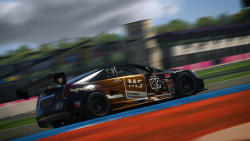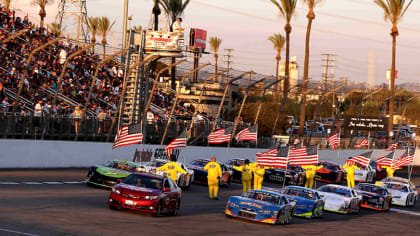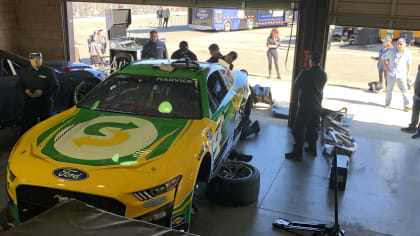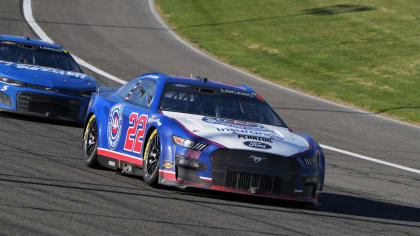NASCAR at the LA Coliseum
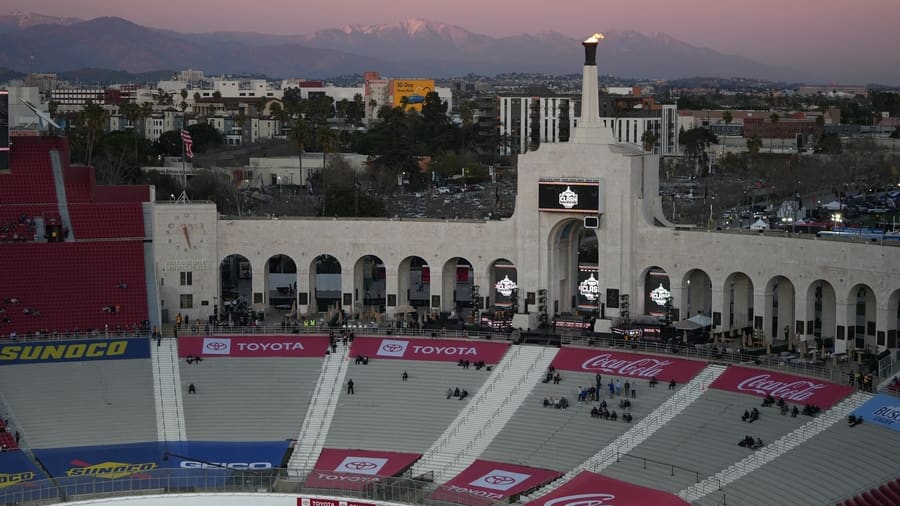
NASCAR Makes 180 at Los Angeles Memorial Coliseum
As these notes are published on February 9th, there is an event happening next weekend in Los Angeles that is supposed to be the Daytona 500 of football games. The actual Daytona 500 will take place in Florida the following week. NASCAR stages their pre-season BUSCH Clash as a means to warm up both fans and teams for the coming year.
By Harold Osmer
Wed, Feb 9, 2022 08:45 AM PST
Featured image by Albert Wong.
For the first time in their storied history, NASCAR presented the Busch Clash outside of Florida. A fresh stage was constructed some 2500 miles west - inside the 100 year old Los Angeles Memorial Coliseum. This strikes some as a huge gamble on NASCAR’s part as the sport has traditional Southern roots and has little perceived drawing power in Southern California. NASCAR has been absent from Southern California for two years.
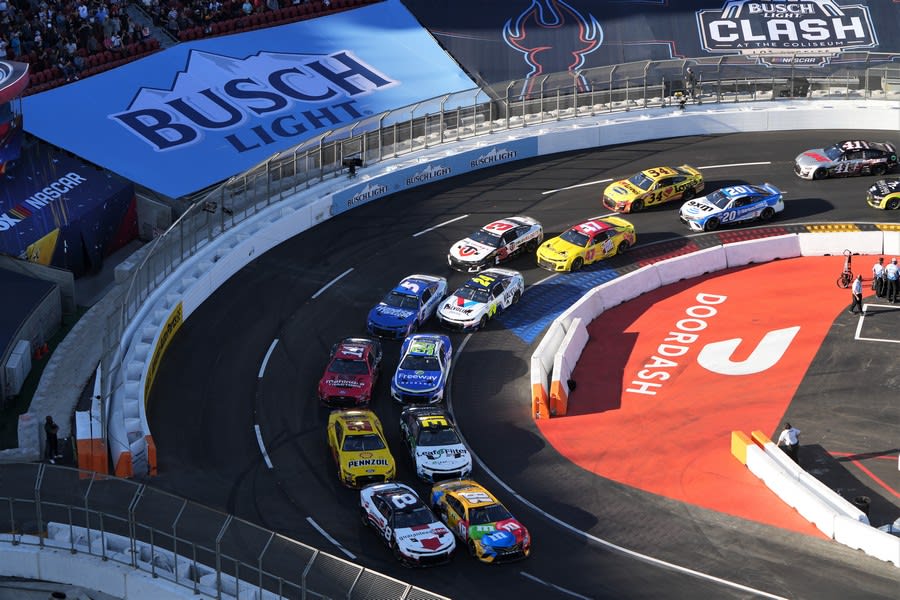
As it happens, Los Angeles Memorial Coliseum was built on the site of what previously was a one-mile horse racing track at Agricultural Park. That track hosted the first official auto race in Southern California, May 1903. Several five-mile races were held over the course of a week as part of the annual Fiesta Week celebrations, what we might call a County Fair today.
The multi-use venue has seen a variety of motorsports over the years but this was the first time for the nation’s top stock car racing body to make an attempt. The result of three years effort was spectacular. However the dollars, long term benefits, and possible fan growth shakes out in the end, from a spectator standpoint this was a tremendous affair.
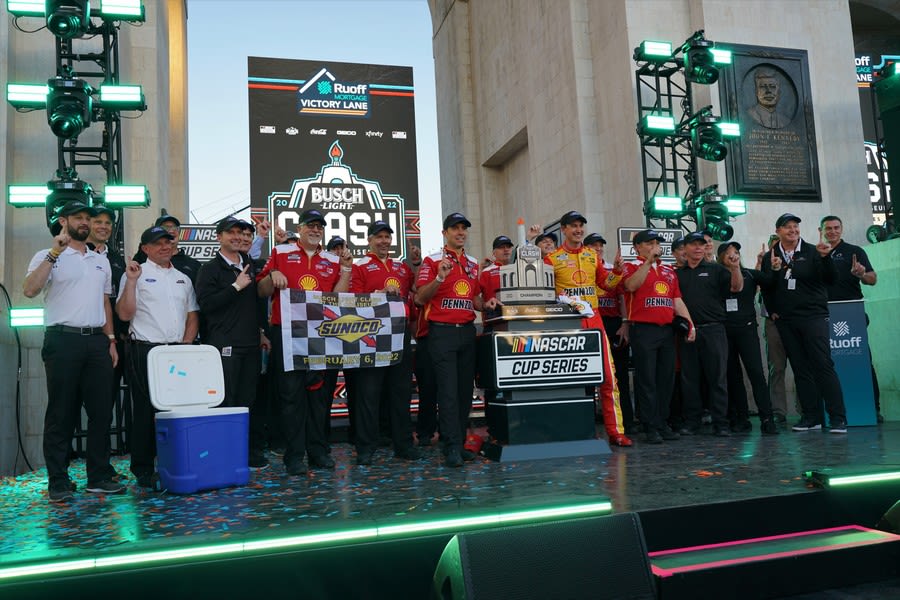
2018 Series Champion Joey Logano and team take home the big trophy from the first ever NASCAR race inside Los Angeles Memorial Coliseum, February 3, 2022. Photo by Albert Wong.
Sparkling 75 degree skies, bright colorful new race cars, and the glimmering stadium itself provided a brilliant stage. The crowd was about 85 percent capacity which gave ample opportunity for fans to move about. There was a mix of ages and ethnicities on display. More groups of friends than families, though there were plenty of them as well. Not as much glaring NASCAR fanboy gear on display as anticipated. Then again, traversing the driver merchandise area was only for the brave.
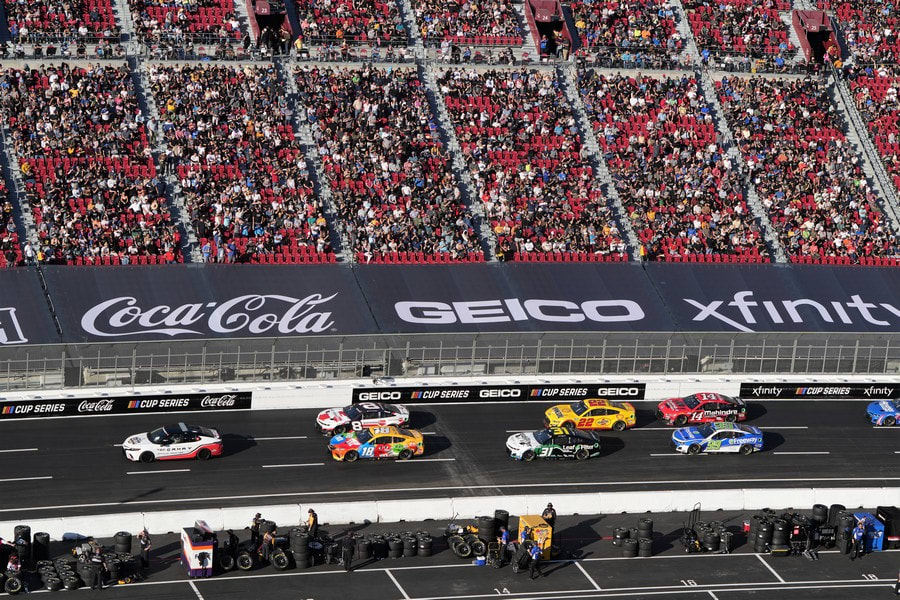
NASCAR has a fresh race car this year. Though they all carry the same body, each car was easily distinguished from the others via creative coloring and paint schemes. The tight racing surface kept speeds down which had the side benefit of reducing body damage through the day’s event. And if a car did get into the wall, it was more than likely to soldier on (or Fight On!, in USC Trojan parlance).
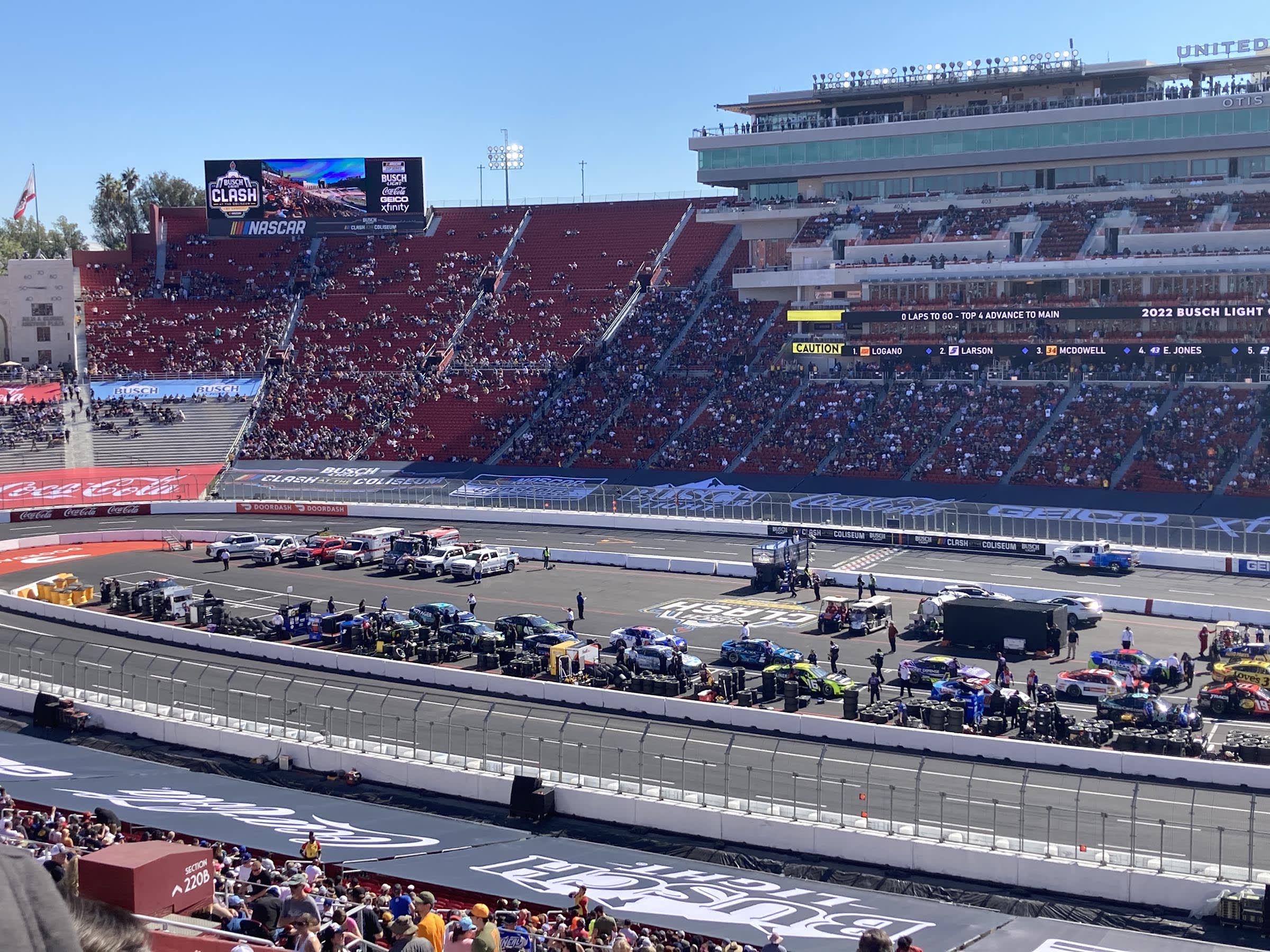
Several heat races set positions for the two stage 150 lap Main Event, ala many Saturday night short track formats. Each stage was easy enough to follow and the announcers did a reasonable job of keeping everyone up to date. Those same announcers wasted their breath once the cars got underway. Loud they are. All the sound was captured inside the large bowl. But it’s an auto race, what did you think was going to happen?

The racing was dynamic. Every piece of the action was clearly visible to everyone in attendance. Taking your eyes off the lead car granted you witness to side by side passing action through the field. Three wide was not only possible but actually happened several times. The paved race course itself showed no signs of giving up at any time. Kudos to who ever came up with that asphalt recipe.
Racing shows have natural breaks in the action and NASCAR added a few for this BUSCH Clash. This included short concerts by current Pitbull, Ice Cube, and DJ Skee. Though it is difficult to combine an adequate stage performance with a race track in the way, they were well received by an enthusiastic crowd.
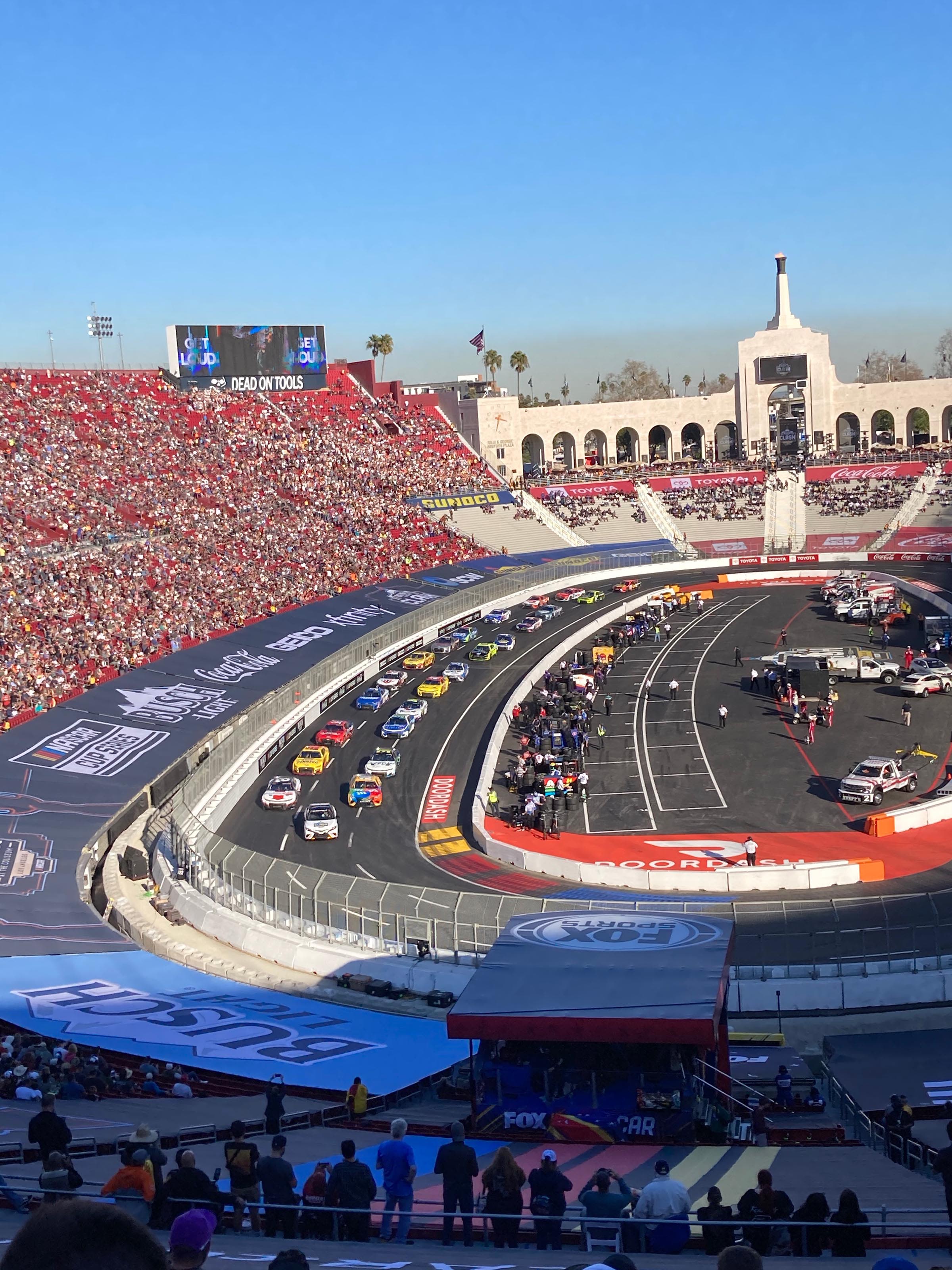
All in all, the in person experience was much better than anticipated and everything a fan could have hoped for. From several online accounts, though, it would seem there were too many interviews with peripheral people, too much fluff, and the concerts seemed longer than when on site. In the long run, it doesn’t matter. NASCAR maybe gained a few new fans, the old ones never leave, and now they have a model for future events.
In terms of venue numbers, more auto racing has taken place in Southern California than any other place in the world. Agricultural Park held the first event in 1903. NASCAR on its fresh, distinct venue can now claim #180.

Harold Osmer has written THE book about the history of motor racing in Southern California … here’s our recent review.
About The Author
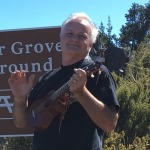
Harold Osmer works as a writer as well as a publisher in whatever spare time he can find. He’s authored award-winning books about auto racing in Los Angeles, has a Masters degree in geography, and holds a black belt in karate. He’s a regular at local car shows and race venues where he’s often seen setting up a table and selling books. His show ride is a 1951 Chevy pickup, dressed to emulate a Spec truck, complete with graphics, numbers, and sponsor decals.
